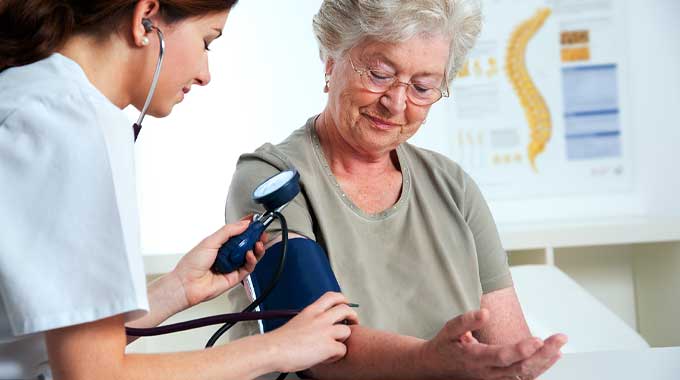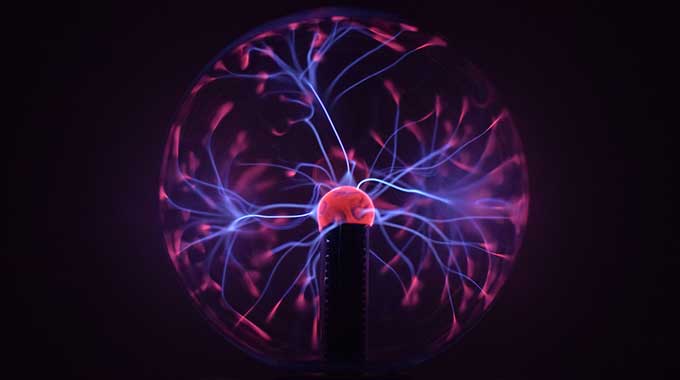Although TMS is often used for major depression, especially for those with treatment-resistant depression, TMS therapy can also be used for other mood disorders and mental health issues, including obsessive-compulsive disorder, Alzheimer’s disease, and Parkinson’s disease.
- What Is Tms Therapy
- What Is Parkinsons Disease
- Motor Functions
- Non Motor Functions
- How Is Parkinsons Disease Treated
- Medicines Used In Parkinsons Disease
- Can Tms Help Parkinsons Disease
- Addressing Dyskinesia
- Addressing Motor And Non Motor Effects
- High And Low Frequency Tms For Parkinsons
- Where Can I Find Tms Therapy
How does TMS for Parkinson’s disease work?
What is TMS Therapy?
Transcranial Magnetic Stimulation (TMS) is a non-invasive brain stimulation used for therapeutic treatment. TMS treatment uses electromagnetic induction to stimulate underactive neurons. This stimulation improves symptoms of neurological or mental health disorders.
TMS is most commonly used in patients with depression, by reactivating stagnant areas of the brain by targeting mood centers. However, it is also being used for other mood disorders, and recently to treat Parkinson’s disease.
What is Parkinson’s Disease?
The World Health Organization estimated that there are 8.5 million people with Parkinson’s disease globally in 2019. The disease results in the loss of cells in the spinal cord and brain, making it a neurodegenerative disorder. Parkinson’s disease duration is usually around ten years, however, it could vary.
It is caused by an abnormal function in the basal ganglia, which are deep structures in the brain controlling automatic aspects of movement. Usually, basal ganglia neurons release dopamine, a neurotransmitter that is crucial in motor planning and control. Dopamine transmits signals to the area of the brain that controls coordination and movement.
Motor Functions
When a person has Parkinson’s disease, the release of dopamine and dopamine receptors is compromised. A decrease in dopamine results in an impairment of motor functions. Motor deficits of Parkinson’s disease include:
- Generalized slowness in motor function (bradykinesia), causing slowness in movement
- Involuntary resting tremors (rhythmic shaking)
- Stiffness of the arms and legs
- Decreased facial expressions
- Postural instability (inability to balance)
- Gait disturbances, meaning a deviation from normal walking
Non-Motor Functions
Parkinson disease patients are usually accompanied by a series of non-motor symptoms. These include:
- Depression
- Cognitive impairment
- Anxiety
- Hallucinations and delusions
- Cardiovascular problems
- Urinary issues
- Gastrointestinal symptoms
- Sleep disorder
How is Parkinson’s Disease Treated?

As cognitive impairment is often present in Parkinson’s disease, screening is usually involved in clinical practice. The Montreal Cognitive Assessment (MoCA) is a rapid screening instrument for mild cognitive dysfunction, used to assess executive functions, memory, language, calculation and orientation, attention and concentration, and visuoconstructional skills.
Read more: TMS for eating disorders
Medicines used in Parkinson’s Disease
The most common drug used in the management of Parkinson’s disease is Levodopa. Levodopa belongs to a class of medicines known as central nervous system agents and works by undergoing a conversion into dopamine in the brain.
The long-term use of Levodopa causes people with Parkinson’s disease to change from having no ability to move muscles, to a hyperkinetic state. This state is called Levodopa-induced dyskinesia (LID).
Dyskinesia, as a drug side effect developed after long-term use of Levodopa, can manifest as involuntary, irregular, unpredictable muscle movements, and slow repetitive movements or abnormal postures. There are limited therapeutic options for these side effects.
Amantadine is a medicine regarded as the most effective for treating LID, but its use can cause hallucinations and its discontinuation often causes a worsening of dyskinesia.
Can TMS Help Parkinson’s Disease?

TMS therapy, as a noninvasive stimulation of the brain, can cause changes in people with Parkinson’s disease that persist beyond the treatment session itself.
Addressing Dyskinesia
TMS is widely studied as the most non-invasive technology in treating Levodopa-induced dyskinesia. Changes in brain connectivity, neurotransmitters, and neuro-restoration play a big part in its success in treating Parkinson’s disease.
By modifying dopamine stimulation, the management of LID is improved through TMS, and as it is done without the use of drugs, it eliminates side effects.
Read more: Is TMS Safe during pregnancy?
Addressing Motor and Non-Motor Effects
As discussed before, Parkinson’s disease (PD) has both motor and non-motor features. While motor symptoms can sometimes respond to therapies like deep brain stimulation, a procedure that involves implanted electrodes, non-motor symptoms usually don’t respond to it.
One non-motor symptom of Parkinson’s disease is very common. About 40% to 60% of patients undergo depression, and usually, depression in Parkinson’s disease is resistant to medication.
That is why TMS is a great potential solution. The non-invasive stimulation of brain networks makes TMS ideal to treat Parkinson’s disease, and patients have seen significant differences in motor outcomes, as well as significant improvement in non-motor outcomes. With the potential to improve both motor and mood symptoms, repetitive transcranial magnetic stimulation (rTMS) targets areas of the brain where neurons are underactive.
High and Low-Frequency TMS for Parkinson’s
High frequency rTMS applied to the area of the brain called the bilateral primary motor cortex has shown an improvement of motor symptoms, and at the same time, high-frequency rTMS to the left dorsolateral prefrontal cortex is effective in treating non-motor symptom depression, especially treatment in resistant depression.
Other areas like the supplementary motor area (SMA) and the dorsal premotor cortex (PMd), are in control of motor control. Studies have been conducted to find which these areas can be improved in people with Parkinson’s disease, by giving TMS to the SMA and sham stimulation to the PMd. Results showed that repetitive low-frequency TMS in the form of supplementary motor area stimulation has shown benefits in motor function.
While both low and high-frequency TMS has improved motor performancein people with Parkinson’s disease, high-frequency TMS has shown longer-lasting results.
Studies at the Institute for Parkinson’s and Movement Disorders analyzed the signal between Brain-Derived Neurotrophic Factor (BDNF), a vital molecule involved in changes that are related to learning and memory, and TrkB, a receptor that regulates the growth and survival of cells. They noticed a difference in signaling between patients with Parkinson’s disease and healthy controls, where signals were lower in those with Parkinson’s.
Various forms of TMS therapy stimulate BDNF release in neurons. The forms include prolonged depolarization, high-frequency stimulation (HFS), or theta-burst stimulation (TBS).
Where Can I Find TMS Therapy?

At GIA Miami, we specialize in TMS. Our mental health clinic uses the most advanced, evidence-based methods that are individualized to suit your needs.
The caring and experienced staff at our world-class facilities will ensure that you undergo TMS treatment in the best possible way.







